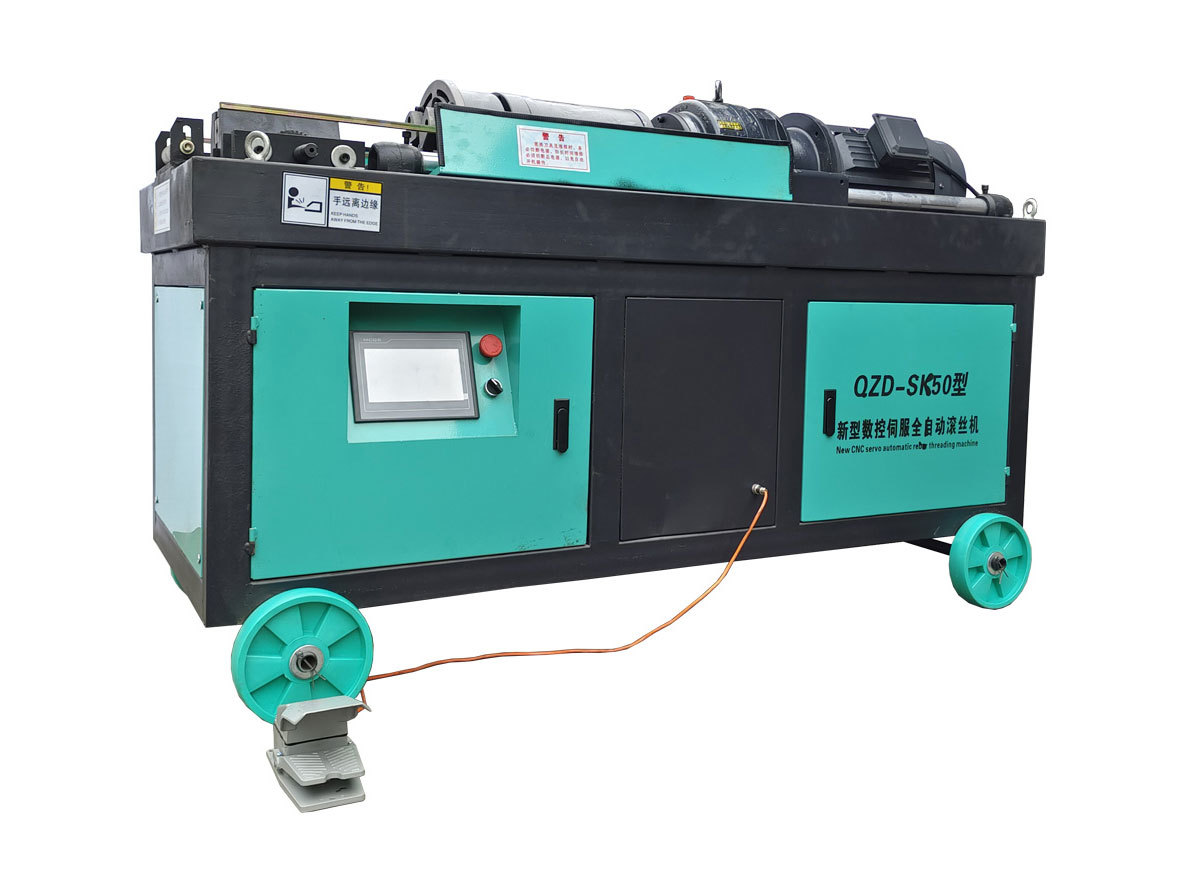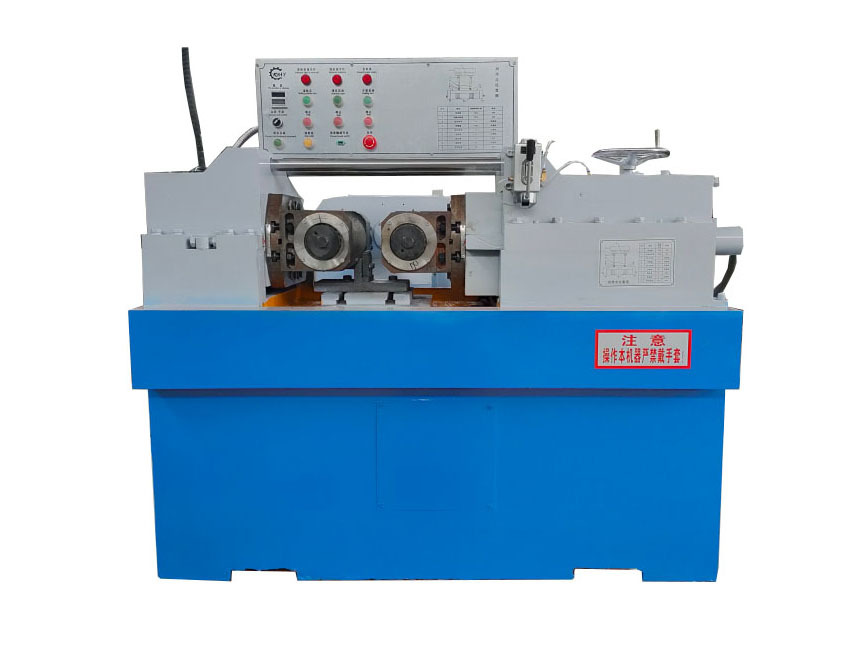Welcome to Hebei Xushi Weiye Machinery Manufacturing Co., Ltd. website!
Streamlining Your Operations with CNC Rib Peeling Techniques: Unlocking Efficiency and Precision
Release Time:
Aug 12,2025
Streamlining Your Operations with CNC Rib Peeling Techniques Table of Contents 1. Introduction to CNC Rib Peeling Techniques 2. Benefits of CNC Rib Peeling in Industrial Operations 2.1 Enhancing Operational Efficiency 2.2 Improving Product Quality 3. Understanding the CNC Rib Peeling Process 3.1 CNC Machine Setup for Rib P

Streamlining Your Operations with CNC Rib Peeling Techniques
Table of Contents
- 1. Introduction to CNC Rib Peeling Techniques
- 2. Benefits of CNC Rib Peeling in Industrial Operations
- 3. Understanding the CNC Rib Peeling Process
- 4. Applications of CNC Rib Peeling Techniques
- 5. Challenges in CNC Rib Peeling
- 6. The Future of CNC Rib Peeling Techniques
- 7. Conclusion
- 8. FAQs about CNC Rib Peeling Techniques
1. Introduction to CNC Rib Peeling Techniques
CNC rib peeling is an innovative machining process that utilizes Computer Numerical Control (CNC) technology to remove material from components, specifically targeting ribs on parts that require precise geometry. This technique is gaining traction in various industries due to its ability to streamline operations, reduce waste, and enhance product quality. In this article, we will explore the benefits and applications of CNC rib peeling, delve into the process itself, and discuss the future of this revolutionary technique.
2. Benefits of CNC Rib Peeling in Industrial Operations
Implementing CNC rib peeling techniques can lead to significant improvements in your manufacturing processes. Here are some key benefits:
2.1 Enhancing Operational Efficiency
One of the most significant advantages of CNC rib peeling is its ability to enhance operational efficiency. By automating the machining process, manufacturers can reduce the time taken for part production. CNC machines can operate continuously, which means they can produce parts in large quantities with minimal downtime. This increase in efficiency translates to higher throughput, enabling businesses to meet customer demands more effectively.
2.2 Improving Product Quality
CNC rib peeling offers exceptional precision, which is crucial in industries where tolerances are tight. The use of sophisticated software allows for intricate designs and geometries that might be challenging to achieve with traditional machining methods. The result is a higher quality finish on components, reducing the need for secondary operations like sanding or polishing.
3. Understanding the CNC Rib Peeling Process
To fully appreciate the benefits of CNC rib peeling, it is essential to understand the process involved.
3.1 CNC Machine Setup for Rib Peeling
Setting up a CNC machine for rib peeling involves several critical steps. Initially, engineers must program the machine with the specific parameters for the part being manufactured. This includes selecting the appropriate cutting speeds, feeds, and tools. The setup also involves securing the workpiece correctly to ensure stability during machining.
3.2 Tooling Considerations for Optimal Performance
Tooling plays a vital role in the effectiveness of the rib peeling process. Choosing the right tooling can significantly impact the machining speed and the quality of the finish. Specialty tools designed for rib peeling, such as those with a high helix angle or specific geometry, can facilitate better chip removal and improve overall productivity.
4. Applications of CNC Rib Peeling Techniques
CNC rib peeling techniques are versatile and find applications across various industries. Two prominent sectors where these techniques are particularly beneficial include:
4.1 Aerospace Industry Applications
In the aerospace industry, precision is paramount. Engineers often utilize CNC rib peeling for components like aircraft wings and fuselage sections, where weight and aerodynamics are critical. The ability to achieve complex shapes while maintaining strict tolerances makes rib peeling an essential technique in this field.
4.2 Automotive Manufacturing Applications
The automotive sector also benefits significantly from CNC rib peeling. Components such as engine blocks, transmission housings, and structural parts can be efficiently machined using this technique. By adopting rib peeling, manufacturers can reduce production times and improve the performance of automotive parts through enhanced precision and reduced weight.
5. Challenges in CNC Rib Peeling
While CNC rib peeling offers numerous advantages, it is not without its challenges.
5.1 Common Machining Challenges
Some common challenges faced during the CNC rib peeling process include tool wear, vibration, and managing cutting forces. Tool wear can significantly affect the quality of the finish and the longevity of the tooling itself. It is essential for manufacturers to monitor the condition of cutting tools and replace or sharpen them as necessary. Vibration can lead to inaccuracies in machining; thus, proper machine setup and workpiece clamping are crucial.
6. The Future of CNC Rib Peeling Techniques
As technology advances, the future of CNC rib peeling looks promising. Innovations in machine learning and artificial intelligence are set to enhance the capabilities of CNC machines, allowing for even more complex and efficient machining processes. Additionally, advancements in material sciences will likely lead to the development of better tooling materials, further extending the lifecycle of tools and improving manufacturing efficiency.
7. Conclusion
CNC rib peeling techniques are revolutionizing the way industrial operations are conducted. By enhancing operational efficiency and improving product quality, these techniques offer a competitive advantage in the manufacturing sector. As industries continue to evolve, embracing advanced machining processes like CNC rib peeling will be essential for maintaining productivity and meeting the demands of modern manufacturing.
8. FAQs about CNC Rib Peeling Techniques
1. What materials can be used in CNC rib peeling?
CNC rib peeling is compatible with a wide range of materials, including aluminum, steel, titanium, and composite materials, making it a versatile option for various applications.
2. How does CNC rib peeling compare to traditional machining methods?
CNC rib peeling offers greater precision and efficiency compared to traditional machining methods, resulting in reduced production times and improved product quality.
3. What industries benefit the most from CNC rib peeling?
The aerospace and automotive industries are among the primary sectors that benefit from CNC rib peeling due to their need for high precision and complex geometries.
4. What kind of maintenance do CNC machines require for rib peeling?
Regular maintenance is essential for CNC machines. This includes routine checks on tooling, lubrication of moving parts, and calibration to ensure precision machining.
5. Can CNC rib peeling be integrated with other machining processes?
Yes, CNC rib peeling can be integrated with other machining processes, such as milling or grinding, to achieve the desired final product efficiently.
By understanding and implementing CNC rib peeling techniques, companies can streamline their operations, reduce production costs, and ultimately improve their bottom line.
Keywords:
More information
Hebei Xushi Weiye
CONTACT US
Add: Qiaoxi street,Wuqiang county, Hengshui, China
Email: info@xswy-machinery.com
Wechat: Amanda_XUSHIWEIYE
Whatsapp: +8615933856555

Follow Us
Copyright © Hebei Xushi Weiye Machinery Manufacturing Co., Ltd.
Powered by: 300.cn Shijiazhuang SEO | Privacy Policy





